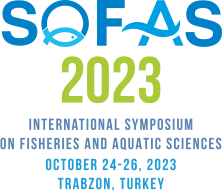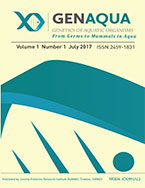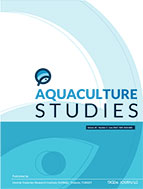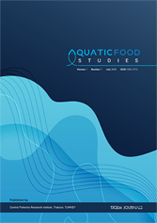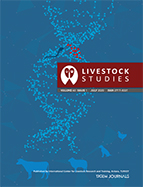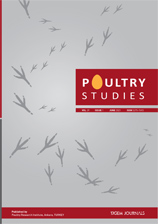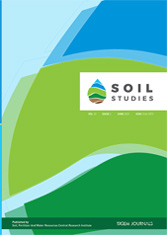Turkish Journal of Fisheries and Aquatic Sciences
2024, Vol 24, Num, 12 (Pages: TRJFAS27291)
Fingerprinting of Critical Raw Materials in Lacustrine Systems on Horseshoe Island, Antarctic Peninsula
2 Istanbul University-Cerrahpasa, Engineering Faculty, Department of Chemical Engineering, 34320, Avcilar, İstanbul, Türkiye
3 Gebze Technical University, Institute of Earth and Marine Sciences, 41400, Gebze, Kocaeli, Türkiye
4 Istanbul University-Cerrahpasa, Engineering Faculty, Department of Metallurgical and Materials Engineering, 34320, Avcilar, Istanbul, Türkiye
5 Duzce University, Faculty of Engineering, Department of Environmental Engineering, Duzce, Türkiye
6 TUBITAK Marmara Research Center, Environment and Cleaner Production Institute, 41470 Kocaeli, Türkiye
7 Karadeniz Technical University, Faculty of Marine Sciences, Department of Maritime Transportation and Management Engineering, Trabzon, Türkiye DOI : 10.4194/TRJFAS27291 Viewed : 877 - Downloaded : 580 Modern industry increasingly relies on advanced technologies that require various critical raw materials (CRMs) for their development and functionality. These materials, which are essential for technological innovation and everyday applications, face significant supply risks, hence they are categorized as `critical raw materials`. Recent studies have highlighted the ecological and geochemical importance of CRMs in lakes of different geological origin, yet detailed studies on their distribution in polar lacustrine systems remain limited. This study, therefore, aims to address this gap by quantifying concentrations of specific CRMs—boron (B), cerium (Ce), gallium (Ga), germanium (Ge), gadolinium (Gd), lanthanum (La), lithium (Li), nickel (Ni), neodymium (Nd), palladium (Pd), platinum (Pt), titanium (Ti), and yttrium (Y)—in surface waters of nine lacustrine systems sampled during the Türkiye`s National Antarctic Scientific Expedition-2024. The analysis revealed measurable values for B, Ga, Nd, Ni and Ti, while the concentrations of Ce, Ge, Gd, La, Li, Pd, Pt and Y remained consistently below the detection limit. Of the lakes analyzed, Clincher Lake had the highest concentrations, with notable values for B (85.2 ppb), Ti (58.1 ppb) and Ni (18.2 ppb). Remarkably, these elevated levels were measured in a lake furthest from shore, highlighting the possible influence of unique environmental or geological factors. These results emphasize the importance of continuously monitoring and comprehensively analyzing the distribution of CRMs in polar lacustrine and marine ecosystems. Such efforts are crucial for assessing the environmental risks associated with CRMs and for understanding their broader ecological impacts. Keywords : Critical raw materials Boron Polar lacustrine Antarctic peninsula



